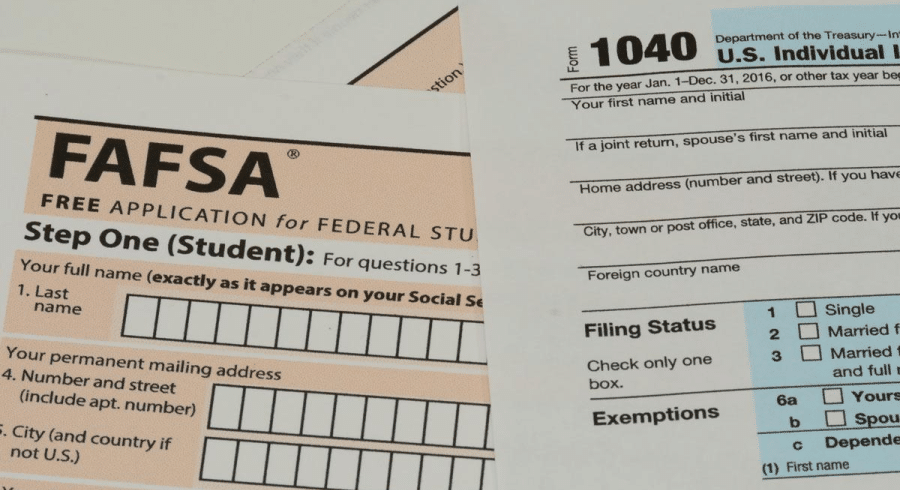Is Vision Insurance Worth It? Weighing the Pros and Cons.
- Vision insurance offered through an employee benefits package is often very low cost and helps pay for items such as routine eye exams, glasses, contact lenses, preventative procedures, and some emergencies
- A plan helps you pay for things that a health insurance policy does not cover
- Some people buy discounts plans or choose to go without vision insurance, so you have to decide what’s right for you
Vision insurance is often included in an employee benefits package at a low cost, helping cover expenses such as routine eye exams, glasses, contact lenses, and some emergency and preventative procedures. This type of insurance plan can be beneficial, especially when health insurance doesn’t cover certain vision care needs.
While some people opt for discount plans or choose to go without vision insurance, it’s important to decide what works best for your situation. With various insurance coverage options available, understanding the specifics of vision insurance can help you make an informed decision. Vision insurance premiums are generally affordable, particularly when offered through a large employer. However, the cost can increase if you purchase coverage independently. If you rarely experience vision issues and have a clear family history, you might consider skipping vision insurance altogether.
What Is Vision Insurance?
Vision insurance works like other types of insurance. You pay a monthly premium, often through payroll deductions, and receive benefits like discounts on eye care services, including eye exams, glasses, and contact lenses. It’s important to check which offices and doctors are in-network to maximize your savings. Some vision insurance plans also offer discounts on elective procedures, such as Lasik surgery, although not all plans offer these benefits every year.
There are two common insurance types:
(1) plans that pay a pre-specified percentage discount and
(2) coverage that pays a capped dollar amount per service or qualifying expense.
Additionally, many vision plans offer discounts on laser surgery or help you pay for elective procedures like Lasik. Keep in mind that enrollment in some plans is not offered every 12 months like health insurance.
Shopping Around for a Plan
Vision insurance costs vary but are generally low, with premiums ranging from $5 to $40 per month for individual coverage. Employer-sponsored plans might cover 100% of the premium. Factors affecting the vision insurance cost include the type of benefits, location, and age. When considering adding family members to the plan or additional coverage options, costs may increase. It’s essential to consider your expected annual expenses for vision care and the potential risks of not having coverage.
If you don’t have access to vision insurance through your job, you can explore options from major insurance companies like VSP Vision Care, EyeMed, UnitedHealthcare, or Humana. Websites like ehealthinsurance.com can also provide quotes.
What You’ll Save On with Vision Insurance
Health insurance – including Medicare – may not cover things like routine eye exams, specialty and preventative procedures, corrective lenses, and other charges related to your vision. Thus, the onus is on you to make sure you can pay for them. While there are discount plans available for people who do not have frequent eye issues or costly vision needs, vision insurance is usually a better choice if you expect to have somewhat significant yearly expenses.
Vision insurance can save you on eyewear, offer discounts on some laser eye surgeries, and provides allowances to reduce your overall out-of-pocket expenses. It’s routine to be able to be reimbursed through allowances when you buy glasses or contact lenses every year or two.
For example, if you have a vision insurance plan with a $150 yearly allowance on glasses, and you pay $200 for new frames, then you can save 75% on that expense. A basic plan that might cost just a few dollars per month might feature a flat percentage discount on all products and services, perhaps 25%, so in that scenario, you would save just $50.
Common Expenses Covered
Vision insurance plans generally cover or offer discounts on eye exams, preventative services, surgeries, elective procedures, glasses, and contact lenses. Be sure to review the specific coverage details and in-network providers for each plan.
What Vision Insurance Will Not Cover and Other Limitations
Vision insurance plans typically do not cover chronic eye conditions like glaucoma or cataracts, which are usually covered by health insurance. Some plans may not cover specialty glasses or may only offer discounts on the retail markup, requiring you to pay the wholesale price. Additionally, there may be limitations on the type of products covered, such as having to choose between glasses and contacts. Be aware that there might be a waiting period before coverage begins, so plan accordingly.
Is it Worth It? How Much Does It Cost?
An annual eye exam and a pair of prescription glasses can cost several hundred dollars, making vision insurance potentially valuable for those with frequent vision needs. A basic vision insurance plan can significantly reduce these costs. However, if you have no significant vision issues and a clear family history, vision insurance may not be necessary.
Still, if you don’t have eye problems and your family history is solid, vision insurance might not be worth it.
Other Options to Pay for Vision Costs
For those without vision insurance, a la carte discount plans offer another option, providing access to discounted prices within a specific network of providers. These plans can be cost-effective for those with minimal annual vision expenses. Alternatively, paying out-of-pocket for vision care at retailers like Walmart or Costco or online stores like Zenni Optical can also be affordable.
Additionally, using a Health Savings Account (HSA) or Flexible Spending Account (FSA) can help cover vision care costs, offering tax advantages and flexibility in managing expenses.
The Bottom Line
Vision insurance can be a practical and affordable option, especially when offered through an employer. It typically includes low monthly premiums and copays for exams, discounts on eyeglasses and contact lenses, and coverage for certain surgeries. However, depending on your specific needs and circumstances, you may also consider other options for managing vision care costs.







